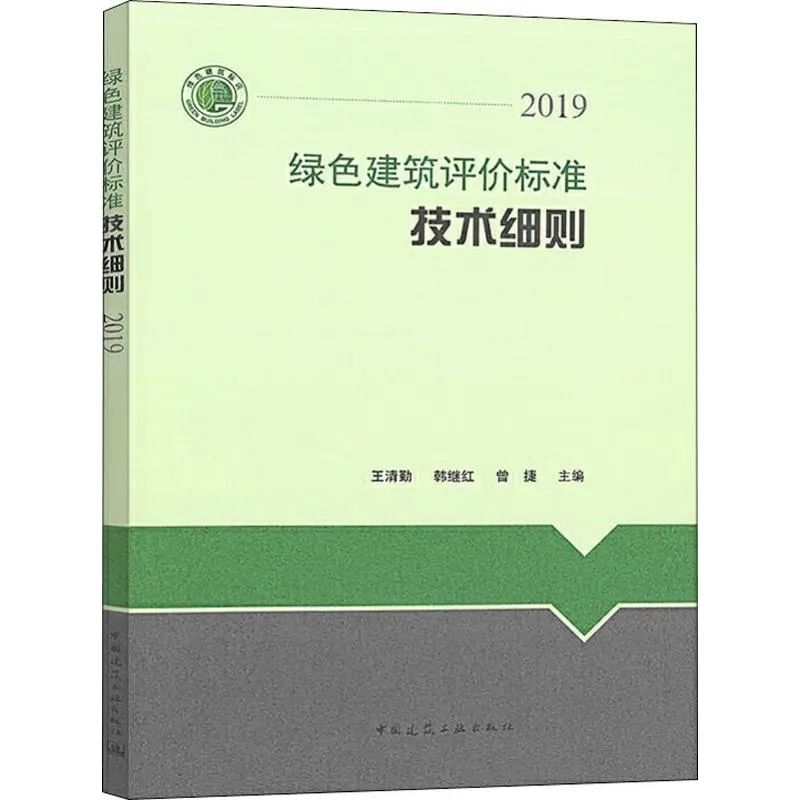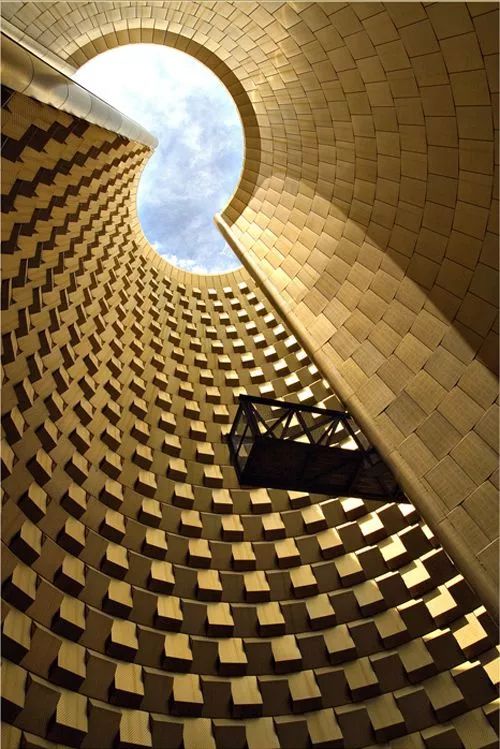3、 Inspection report the inspection and test report issued by the inspection and test organization shall contain sufficient information.
Building reinforcement materials have been widely used in many construction projects because of their high strength, compression resistance and integrity.
When measuring the total weight of the sample, it shall be accurate to no more than 1% of the total weight.
Especially for the production of “small-scale factories”, due to the general rough processing technology of base metal in China, the lack of effective technical management and strict quality inspection, the quality fluctuates greatly and the unqualified rate is high, which often affects the safety of the structure.
(source: engineering quality observation) Introduction: in recent years, high-rise buildings, large and medium-sized public facilities and municipal engineering in cities, as well as the construction of new urban and rural housing have developed rapidly.
The quality of steel bars after secondary cold processing, such as cold drawing, cold drawing, cold rolling and cold torsion, is unstable.
The rounding off and judgment of test results shall comply with the provisions of Yb / t081.
The content shall be true and objective, the data shall be reliable, the conclusion shall be clear, the signature of the main inspector, reviewer and approver shall be affixed with the seal of the testing organization..
Generally speaking, members with high reinforcement strength are relatively safe, so high-strength reinforcement is generally used to reduce the reinforcement ratio, but the higher the strength, the better.
(1) The strength of reinforcement is an important factor that determines the structural bearing capacity of buildings.
② Start the testing machine.
The test with strict temperature requirements shall be conducted at (23 ± 5) ℃.
(3) Bending performance test the bending performance of reinforcement is mainly tested by bending test, and the relevant matters of bending test; 1.
The cold bending test is to bend the reinforcement sample to 90 ° or 180 ° on the bending center of the specified diameter, and then check whether the sample has cracks, scales, fractures and other phenomena.
After the upper collet rises for 10mm, fix the test piece in the collet of the testing machine, adjust the zero point of the testing machine, and then fix the lower end of the test piece with the lower fixture to make the reinforcement vertical and centered.
③ If the fracture is outside the gauge distance and the elongation is qualified, it can be judged as qualified.
Mainly yield strength and tensile strength.
④ Load the test piece continuously until it breaks, and the maximum load read out by the force measuring disc is the tensile limit load.
Especially for ordinary concrete, it is meaningless for the strength to exceed the design upper limit.
(2) Ductility test: evaluate the ductility of reinforcement by testing the elongation through tensile test: ① align the two ends of the broken specimen at the fracture, and try to make its axis in a straight line.
Loading speed, etc; 4.
The reinforcement products produced on a large scale have small deviation in strength and ductility, good homogeneity, stable performance and guaranteed quality.
(2) Ductility of reinforcement is the ability of deformation and energy consumption of reinforcement, which is of the same importance as strength.
Repeated bending test is a method of cold bending test of steel wire on a special zigzag testing machine.
The length shall be measured one by one and shall be accurate to 1mm.
Length of test piece and diameter of bending center; Distance between 2 supporting rollers = bending center diameter + two reinforcement diameters + gap + supporting roller radius; 3.
③ In tension, the constant load when the pointer of the force measuring disc stops rotating, or the minimum load when the initial instantaneous effect is not considered, that is, the calculated yield point load.
(4) When measuring the weight deviation of reinforcement, the number of samples shall not be less than 5, and the length of each sample shall not be less than 500mm.
For example: a) national standard number of this part; b) Indicate the test condition information; C) sample identification; D) material name and brand; E) sample type; F) sampling direction and position of samples; g) Test control mode and test rate; H) test results.
The bending test of reinforcement shall be carried out on the press or universal testing machine, and the test shall generally be carried out within the temperature range of 10 ~ 35 ℃.
If the weight of the reinforcement is inconsistent with the theoretical weight, it may be that the diameter of the reinforcement does not meet the requirements, but it may also be that the reinforcement has quality problems.
② If the distance from the breaking point to the end of the adjacent gauge distance is greater than 1 / 3, the gauge length (mm) that has been stretched can be measured directly with a caliper.
The investigation shows that many construction accidents are not caused by insufficient strength of reinforcement, but by insufficient ductility and brittle fracture.
Reinforcement is the skeleton of reinforced concrete structure, so the performance of reinforcement materials plays a vital role in the quality of buildings.
The main items of reinforcement for construction include: strength, ductility, bending performance, weight deviation and other indicators of reinforcement.
The load range used in the test shall be within 20% – 80% of the maximum load.
1、 Reinforcement testing items as one of the main raw materials of buildings, reinforcement must ensure that all indicators of reinforcement meet the design requirements and relevant standards, otherwise there will be potential safety hazards, which may lead to engineering accidents.
Because the elastic modulus of reinforcement is basically constant, high-strength reinforcement often causes excessive deformation and cracks of components under high stress.
It can not only detect the quality of reinforcement raw materials, but also the quality of reinforcement welded joints.
Therefore, the quality of reinforcement can be preliminarily and indirectly evaluated by detecting the weight deviation of reinforcement.
2、 Reinforcement testing method (1) strength testing mainly tests the yield strength and tensile strength of reinforcement through tensile test: ① material tensile testing machine shall be in accordance with GB / t16825 1, and its accuracy shall be level 1 or better.
④ If the test piece breaks at the end of the gauge distance or at the gauge distance, the test result is invalid and shall be retested.
(4) The weight deviation of reinforcement can be delivered according to the theoretical weight or the actual weight.
(3) The bending performance of steel bar and the stability of mechanical properties of steel bar are very important.
The ductility of reinforcement is usually expressed by the elongation after fracture, that is, it is calculated by measuring the relative deformation of the fracture area of tensile reinforcement.
If a gap is formed at the fracture due to various reasons, the gap shall be included in the length of the gauge length after the fracture of the test piece.




